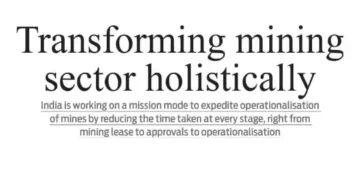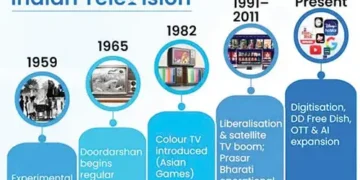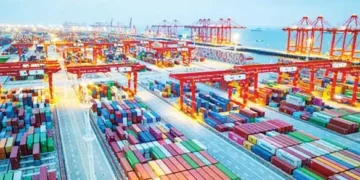Blitz Bureau
IN May this year, India auctioned its firstever potash block, with an aim to cutting import dependence on agriculture fertilisers and, thereby, ensuring the country’s food security. Such is the potential of India’s vast mineral wealth; it touches each and every nerve of a progressing nation. To realise the prospects available holistically, the past decade has witnessed an era of unprecedented reforms, marked by transparency, efficiency, and ambition.
The first step towards this goal was to rid the sector of outdated policies that hindered private enterprise. Today, since the introduction of the auction regime, over 500 mineral blocks have been auctioned to date and 119 have been auctioned just in the last year alone.
The amendments carried out in the Mines and Minerals Development and Regulation Act (MMDRA) between 2015 and 2023 have laid the foundation for a dynamic and globally competitive mining sector. More changes are in the offing as the MMRDA drives the country’s foray into critical minerals that aim to provide for the trinity of national, energy, and food security. State capacity has been augmented with the risk-taking capabilities and agility of the private sector as they have emerged as an equal partner in this journey. Be it the uniform 50-year leases, removal of renewal bottlenecks, seamless transfer of clearances or the introduction of an exploration licence regime that has created space for the MSMEs and opportunities for the start-ups to scale, the past distrust with India’s entrepreneurs has been replaced with an enabling environment for them to flourish.
The unprecedented financial thrust through the National Mineral Exploration Trust, democratic access to more than 12,000 geological reports on the National Geoscience Data Repository, drone surveys, Mining Tenement System, and faceless return filings, all have brought predictability and investor confidence to the sector. Now, with the launch of the National Critical Mineral Mission (NCMM), India is set to carve a space in the global critical minerals race. A thriving circular economy around critical minerals like lithium, cobalt, nickel, rare earth elements, etc., will prove to be the shot in the arm for almost every sector essential for Viksit Bharat. India’s first-ever entry into offshore mineral mining also positions it as a key player in global resource chain. With lithium mines acquired in Argentina and KABIL (Khanij Bidesh India Limited) pursuing assets worldwide, India is expanding its strategic resource base and further strengthening mission objectives. The success of the efforts rests on greater collaboration with the private sector which realises the hidden potential in the meteoric rise of the mining sector.
Another turning point in the last 11 years has been the strengthening of cooperative federalism in the mining sector, driven by reforms that have deepened Centre-state collaboration. Through the auction system, states have earned a revenue of around Rs 4 lakh crore through auction premiums and royalty. In parallel, the Centre-state collaboration is at its strongest with regular high-level dialogues, mining minister conclaves, and initiatives like the State Mining Index and State Mineral Exploration Trust. Similarly, the successful implementation of Prime Minister Narendra Modi’s visionary initiative, the District Mineral Foundation trust, relies heavily on close coordination with and proactive efforts by state administrations.
First and foremost, the country is working on a mission mode to expedite operationalisation of mines by reducing the time taken at every stage right from mining lease to approvals to operationalisation. The Ministry of Mines is actively hand-holding industry partners throughout their journey. Another pressing priority is the development of a robust local ecosystem for technology advancement and R&D in the mining sector. To this end, Centres of Excellence focused on research on critical minerals and recycling are being established. For the first time in the 62- year history of modern mining, start-ups have been funded for ensuring R&D in exploration and mineral processing. As India has become the world’s fourth-largest economy and is gearing to achieve the third spot, a modern, sustainable mining ecosystem will power the industries of the future and place the country firmly on the global economic map.
































